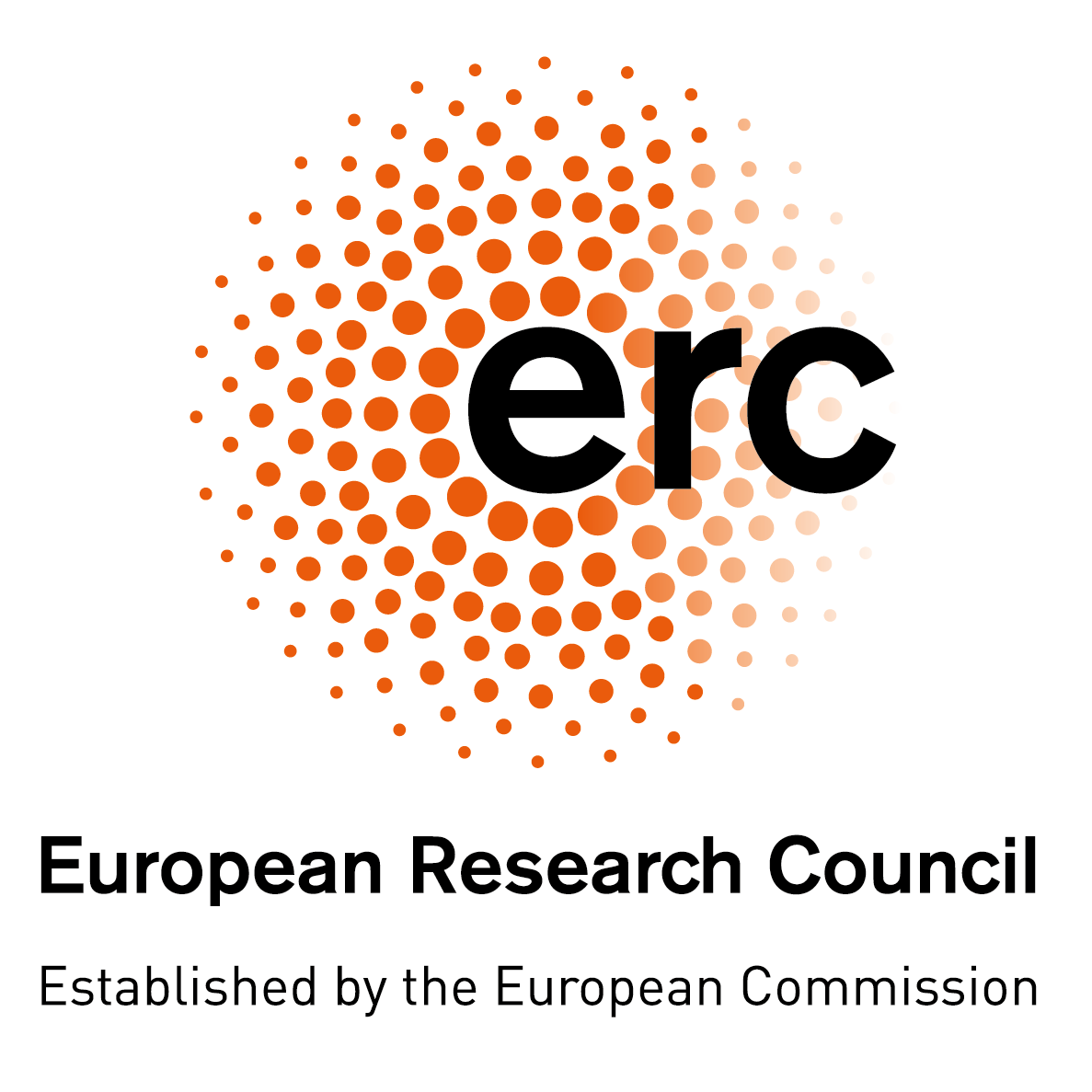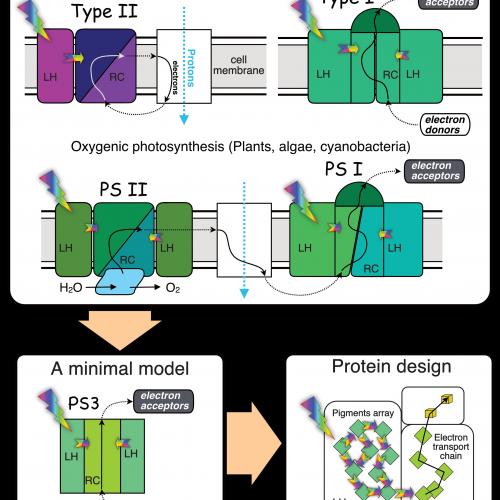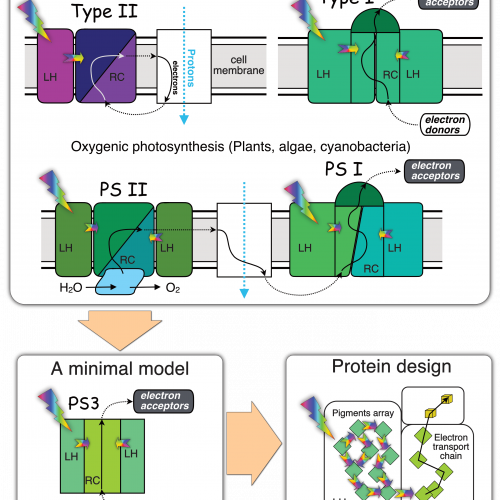Project Active
An Artificial Water-Soluble Photosystem by Protein Design - ERC-2013-CoG
Contact: Dr. Dror Noy
The process of photosynthesis enables the conversion of light energy into chemical energy, and is responsible for the energy sources that we all rely on in our daily lives. Photosystems are the fundamental photosynthetic energy conversion units. Their molecular architecture, and underlying activity principles are the best characterized and understood of all the biological processes. Evolution through natural selection, gave rise to only two types of photosystems known as PS1 and PS2. But, given what we know about photosynthesis, and how it is carried out in biology, the goal of the PS3 project was to develop a light energy conversion system, drawing inspiration from these natural photosystems, and using proteins and natural photosynthetic pigments as building blocks. In contrast to the natural photosystems that are embedded in lipid membranes, our goal was to construct a water-soluble photosystem. Thus, we aimed at building simplified water-soluble analogues of the natural photosystem components. This required designing new proteins capable of assembling and organizing photosynthetic pigments, primarily chlorophylls, as well other electrochemically active molecules at well-defined geometries. Beyond the challenges of protein design, there were practical challenges in incorporating natural photosynthetic pigments such as chlorophylls that are water-insoluble into water-soluble proteins, and most importantly, ensuring that the protein bound pigment will maintain their light-harvesting functionality.
In the course of the PS3 project the major protein design, biochemical, and biophysical challenges were addressed through interdisciplinary research that involved developing and implementing computational tools for protein design, molecular, and electronic structure prediction, novel biochemical and molecular biology techniques for assembly and production of protein cofactor complexes, and a variety of spectroscopic tools for assessing the structure, organization, and functionality of the new protein-pigment complexes. Although our ultimate goal was not met by the end PS3 project, much progress has been made in designing and assembling prototypes of small artificial redox proteins such as iron-sulfur clusters proteins, and new templates for chlorophyll-binding proteins assembled by a novel water-in-oil emulsion-based method. The design and assembly of multi-chlorophyll binding proteins, has proved to be the most challenging and will require further study and development of the design protocols to account for the differences in water-solubility between the protein and chlorophylls. Successful designs may then be coupled to highly efficient biological catalysts that will enable using light for driving chemical reactions for fuel production. These may then be used as building blocks for the construction of artificial solar energy conversion systems.



